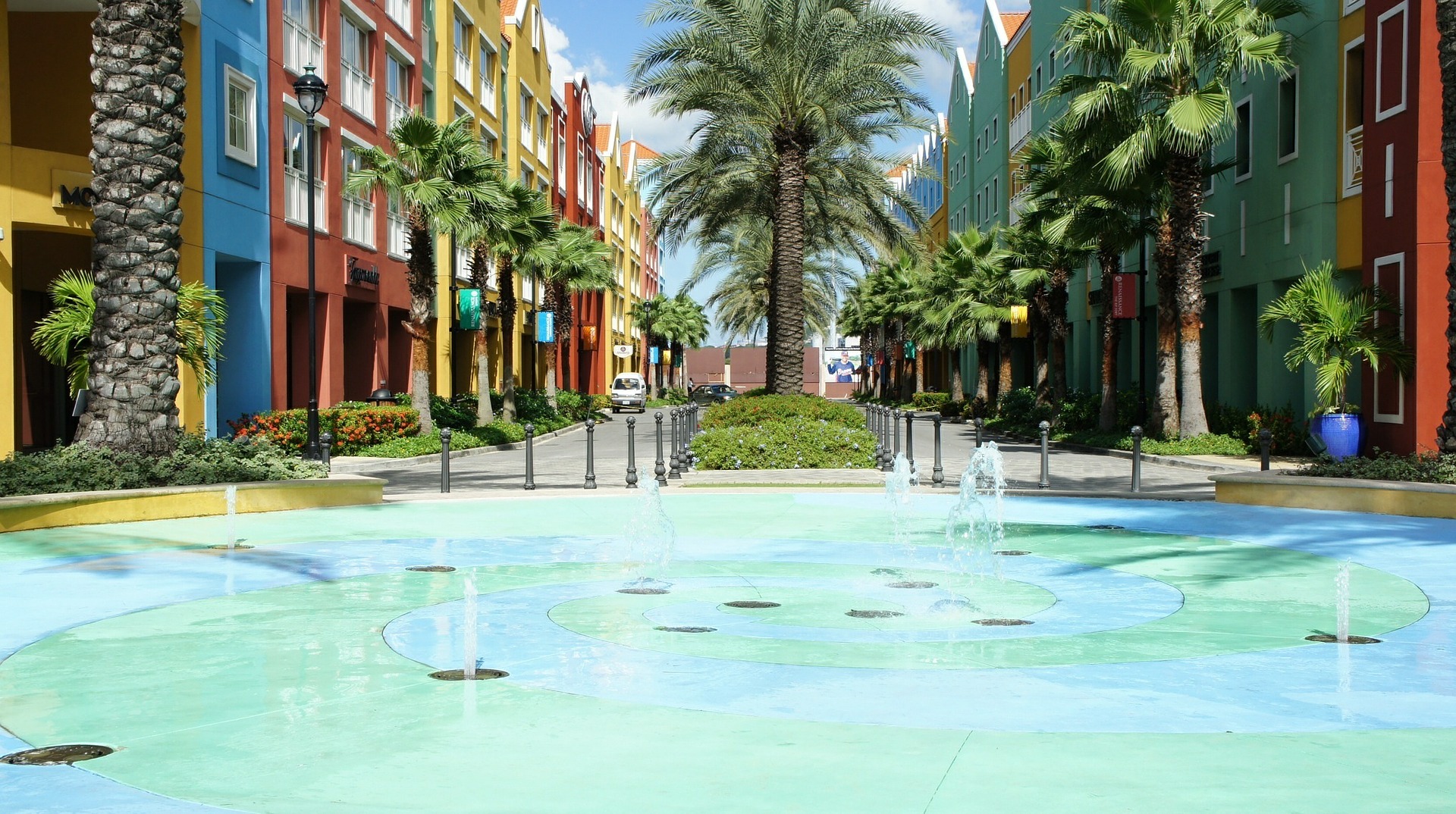
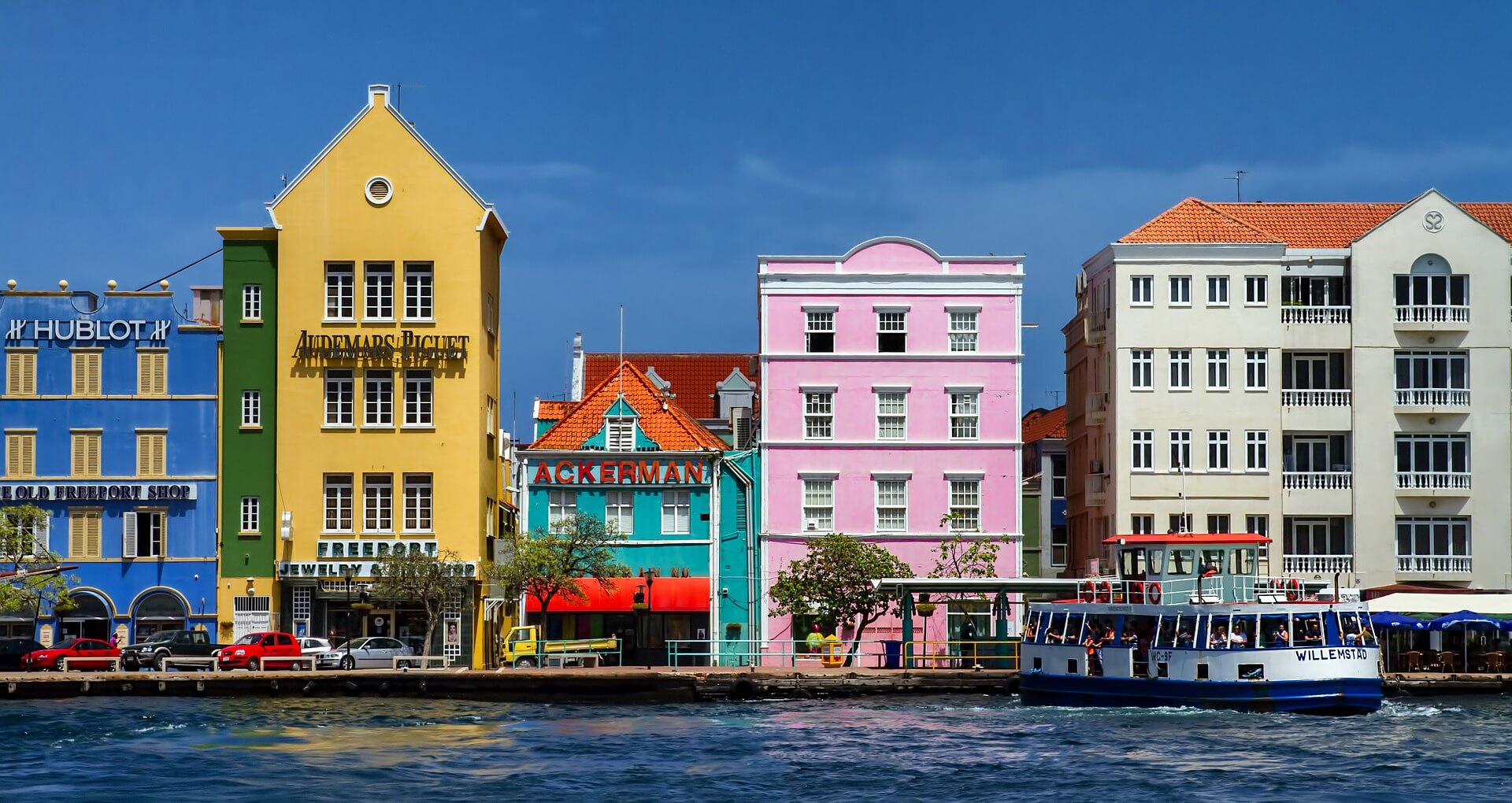
The Island of Curacao, is an island in the south mid-Caribbean, 40 miles north of Venezuela and 50 mile south of Aruba. It is a thin island with a generally hilly topography and covers 171 square miles. Curacao is semi-arid and has a dry season from January through September and a wet season October through December. Trade winds cool the day and warm the evenings. It lies outside the hurricane zone. Its plants include the Xeric Shrub and cacti. Curacao has a population of approximately 160,000 and its capital is Williamsted. In 2010, it became a Constituent Country of the Kingdom of the Netherlands. Humans inhabited the island since 2000 BCE and the first organized group was the Arawak Caquetio Ameridians who migrated from South America in 1000 AD. Spanish explorers, including Amerigo Vespucci, first visited the island in 1499 and claimed it for Spain. In 1513 the Spanish began enslaving the 2000 Caquetio and sending them to Hispaniola. The Spanish used the island mainly as a cattle ranch that also raised sheep and goats. Agriculture did not fare well. The Dutch East Indian Company seized Curacao in 1634 and used it as a center of slave trade. During the 1600’s there was a large influx of European Jews. There were attacks from England over the years and the Dutch gained permanent rule in 1814. The Dutch used the island as a trading partner with their other nearby possessions. Curacao had substantial interaction with coastal South America as can be seen from similar architecture with Spanish, Dutch and Caribbean influences as well as American. Its culture is strongly influenced by the Dutch settlers, the African slaves, South America, its Caribbean neighbors and 50 different island nationalities. Curacao’s geographic isolation and temperate climate allowed it to have Evergreen and Watapana trees. Birds include hummingbirds, orioles, heron, egrets and trupial. Land animals were white tail deer and iguanas. The official languages are Dutch and Papiamento, a Creole language and English is also spoken because of the tourist trade. 70% are Roman Catholic and Curacao is a prosperous country.
The Cuisine of Curacao is heavily influenced by Dutch, Indonesian, Venezuelan and the 50 nationalities that live in Curacao. Favorite local dishes include:
Bitterballen Dutch snack
Kesha yena Unofficial national dish with Dutch cheeses wrapped around vegetables or chicken
Gumbo soup
Karni Stoba beef stew
Pastechi fried or baked pastry
Iguana
Liqueurs
Pumpkin Pancakes
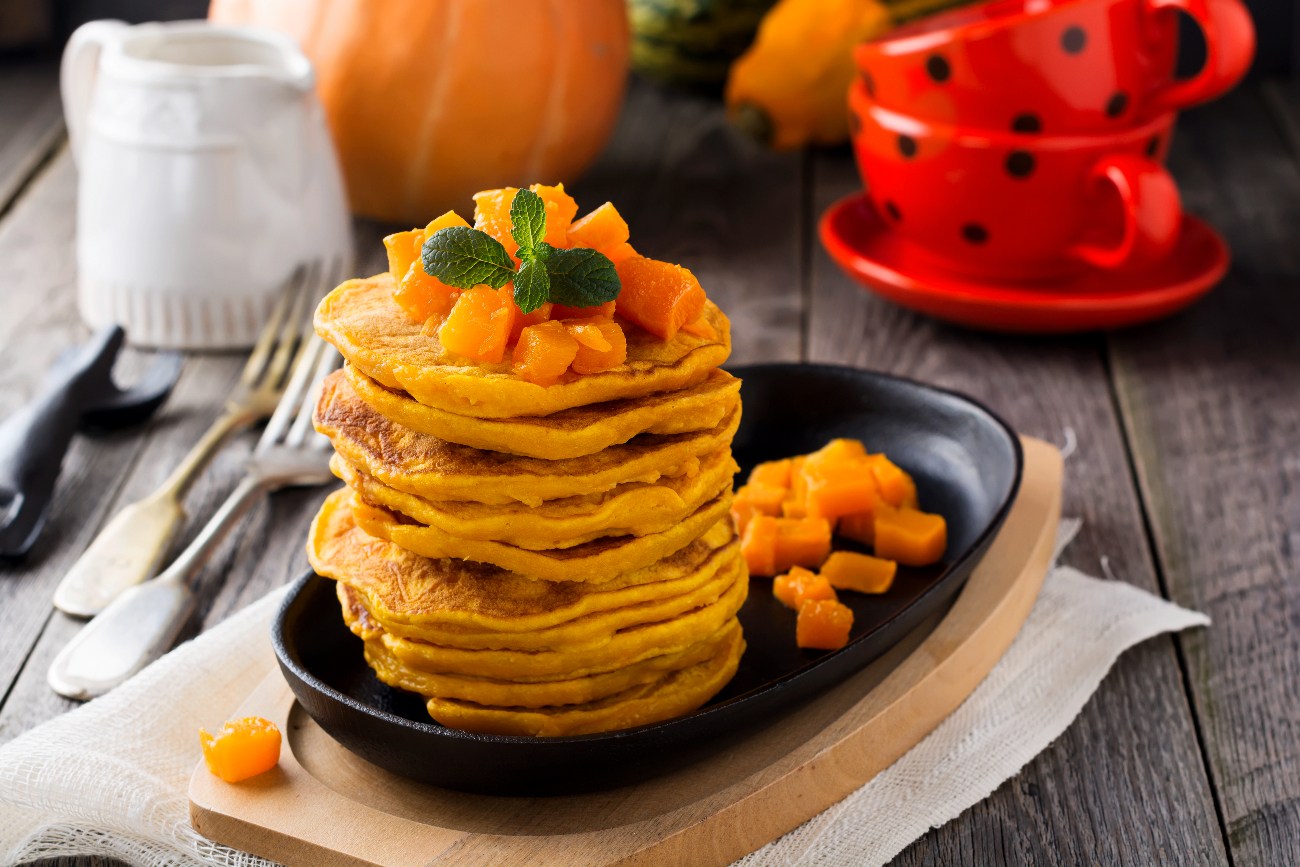
Lionfish, Conch and other fish
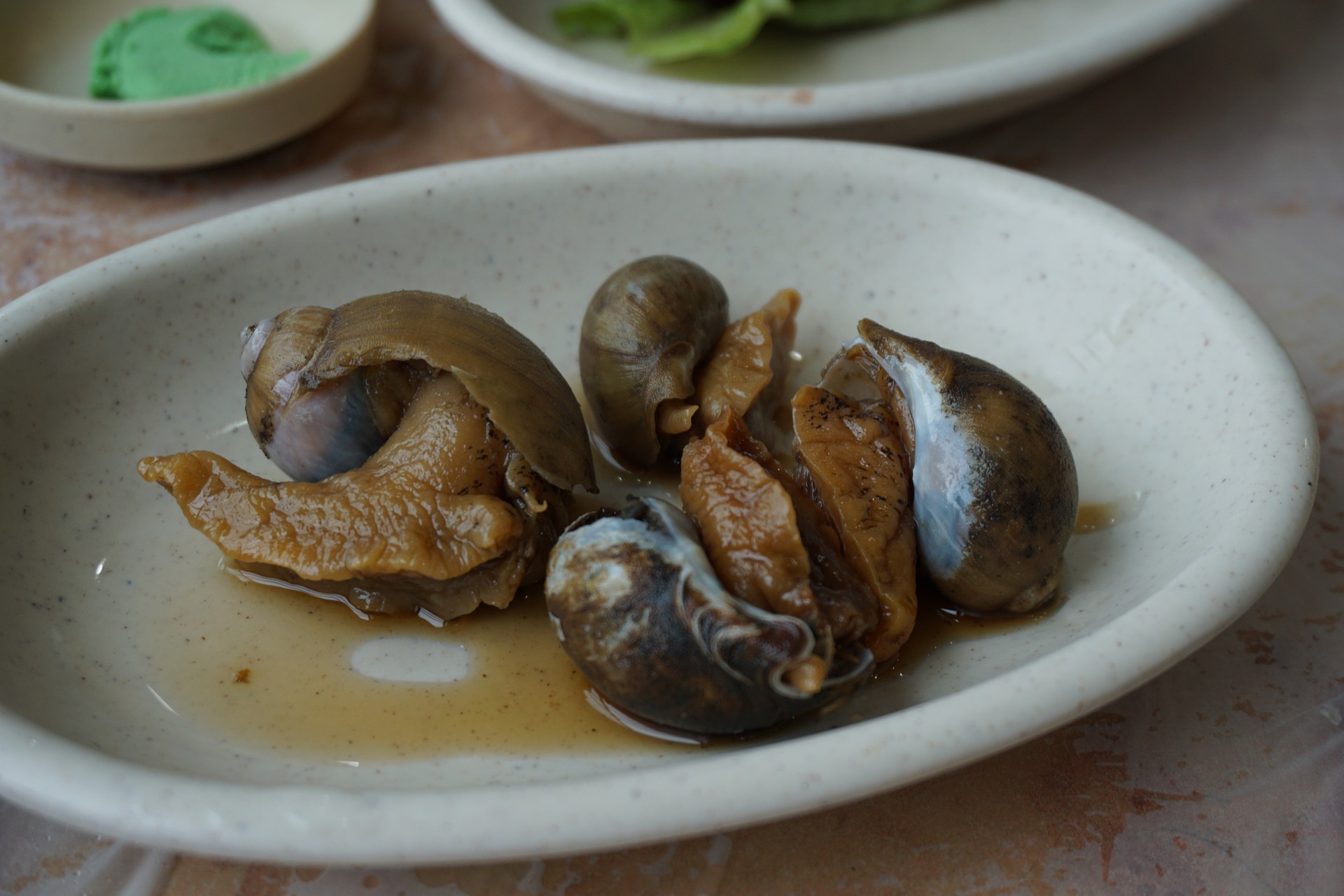
Beaches
Cas Abaa Daaibooi
Klein Curacao Kokomo
Blue Bay Avila’s
Seaquarium

Museums
Rif Fort Museum
Curacao Museum
Maritime Museum
Museo Tula Museum
Savonet Museum
Mikve Israel Emanuel Synagogue and Jewish Museum
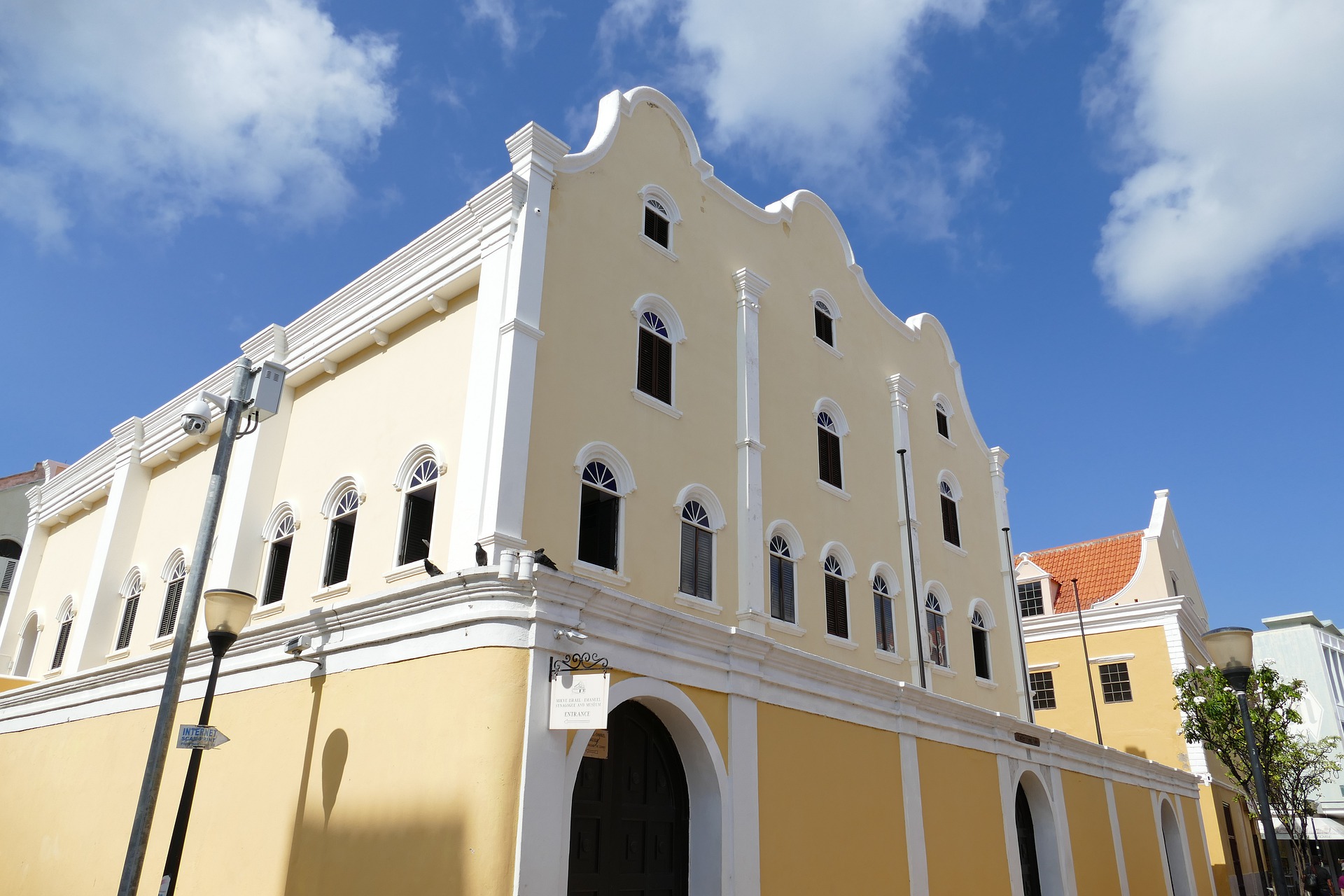
Historic Houses and Gardens
Landhuis Ascension
Beeldentuin Blue Bay Sculpture Gardens
Fortchurch built 1769
Gallery Alma Blou
Landhuis Groot Santa Martha Village built 1690
National Parks
Christoffel ParkHato Caves
Shete
Boka National Park
Forts
Fort Amsterdam 1635
Fort Beekenborg 1703
Fort Nassau 1797
Fort Waterford 1826
Cities
Willemstad
The capital city of Curacao was founded in 1634 and named Punda. It has a population of 137,000 and has been designated a UNESCO World Heritage Site. The city has two historic districts, Punda and Otrobanda separated by the St. Anna Bay. The districts include upscale shops, museums, colorful Dutch inspired architecture and interesting streets, alleys and colorful homes. Things to see and do:
Swimming with Dolphins
Queen Emma Pontoon Bridge
Beaches
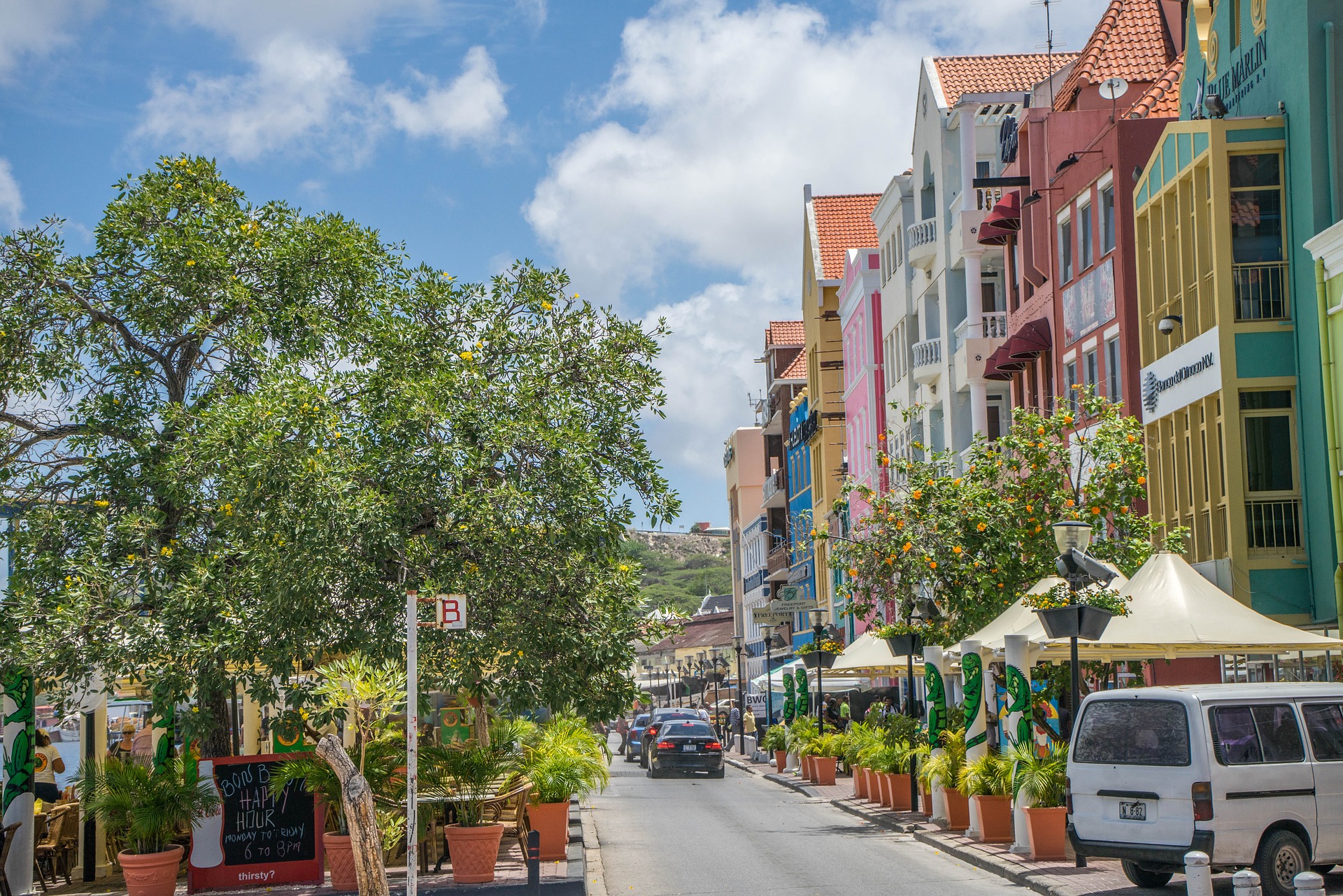
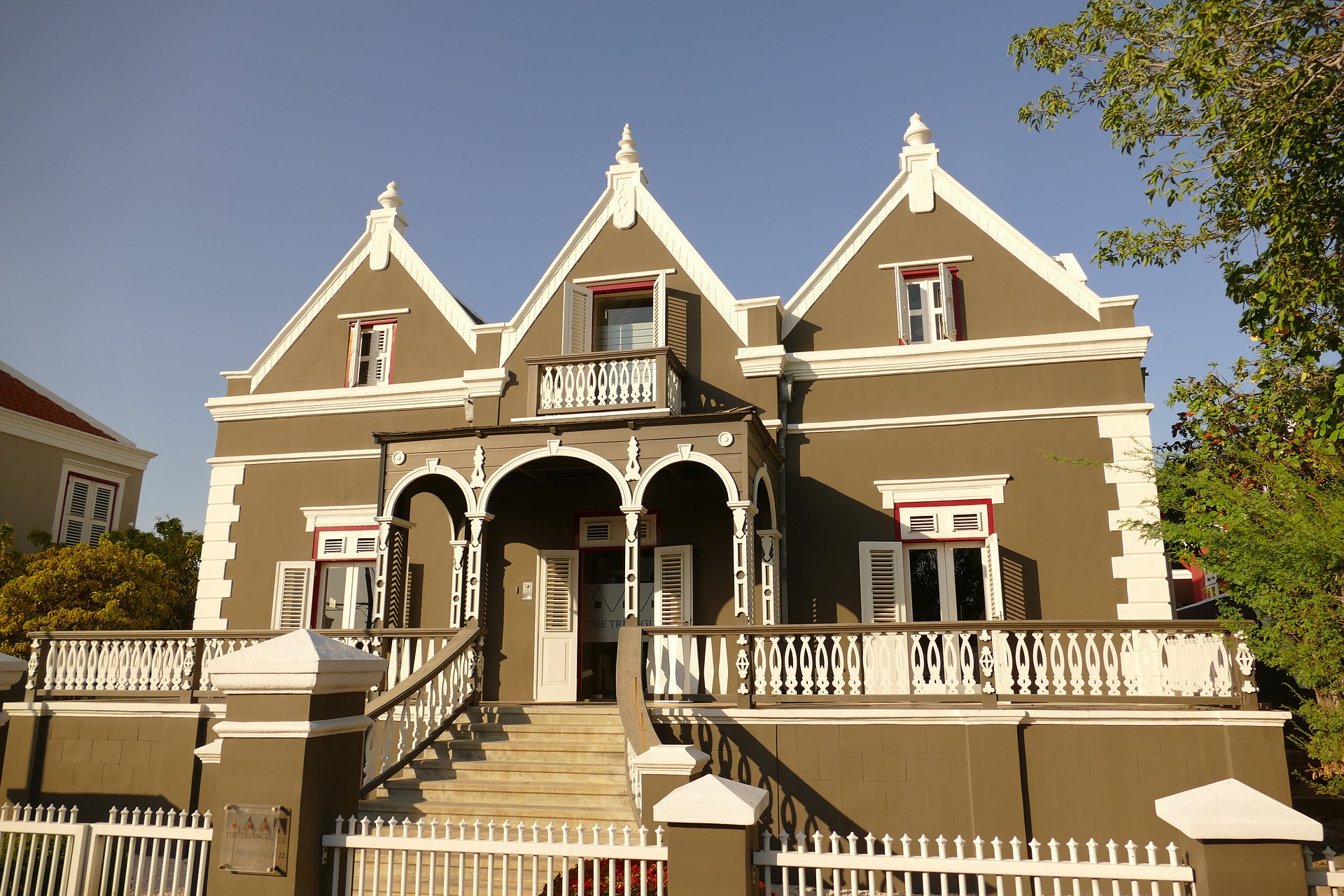
No Tour Found
No Tour Found